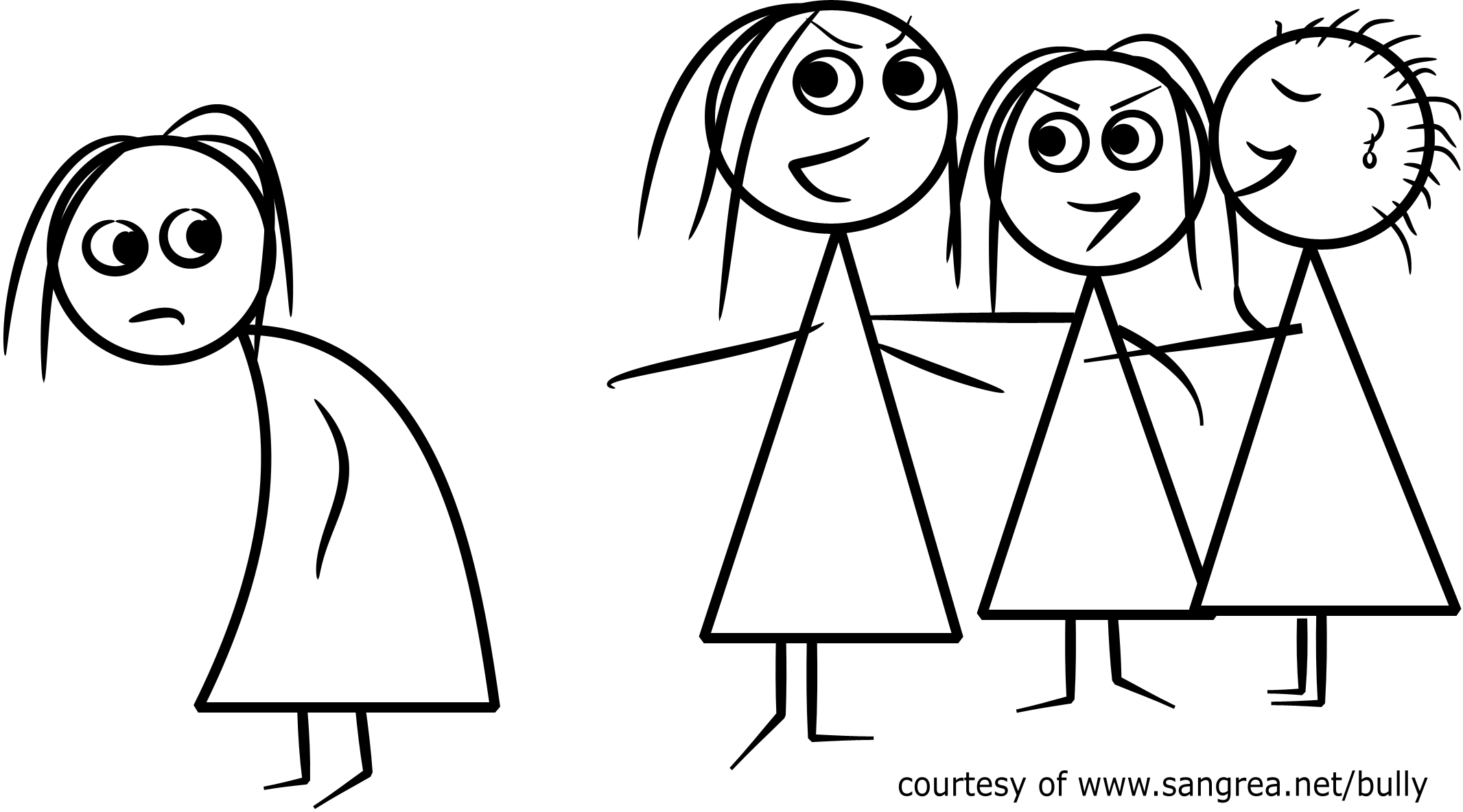What is Bullying?
I believe that the word Bully evokes different emotions and attitudes in each person because of the extensive variations of its effects on children. After reading several varying definitions of “Bullying”, I have chosen the stopbullying.gov definition of Bullying because of its inclusive description of Bullying. “Bullying is unwanted, aggressive behavior among school-aged children that involves a real or perceived power imbalance. The behavior is repeated, or has the potential to be repeated, over time.”
A kid-friendly definition of Bullying is when someone is being harmed either by words or actions on purpose, usually more than once, feels distressed because of it, and has a hard time stopping what is happening to them.
Below are a list of different categories of bullying and various instances of each type.
Emotional Bullying
● name calling
● making fun of someone
● laughing at someone
● leaving someone out on purpose
● starting rumors or telling lies about someone
● sending mean messages on a computer or cell phone
● trying to make someone feel wrong about who they are
Physical Bullying
● hitting
● pushing and shoving
● fighting
● tripping
● yelling at someone
● making rude gestures
● taking or breaking another person’s things
While many parents, teachers, and children are more familiar with both physical and emotional bullying, in the age of the internet, it is importance to recognize the growing presence of bullying that happens online. Children now have access to smart-phones, laptops, and iPads and may have social media accounts which can expand the “spaces” in which they can become targets or become a bully themselves. So, what exactly is the technical definition of Cyberbullying? Using technology—internet, email, cell phones, social media, pictures— to hurt or harm someone else.
Bottom line children deserve to feel safe in a violence free atmosphere both at home and at school. So it’s our responsibility to educate ourselves and children about Bullying.
One of the best ways to reduce bullying at your programs is through educating the students about bullying and having open discussions around the topic.

Tiana Brown is the Assistant Director of the Norwalk Housing Authority Learning Centers

